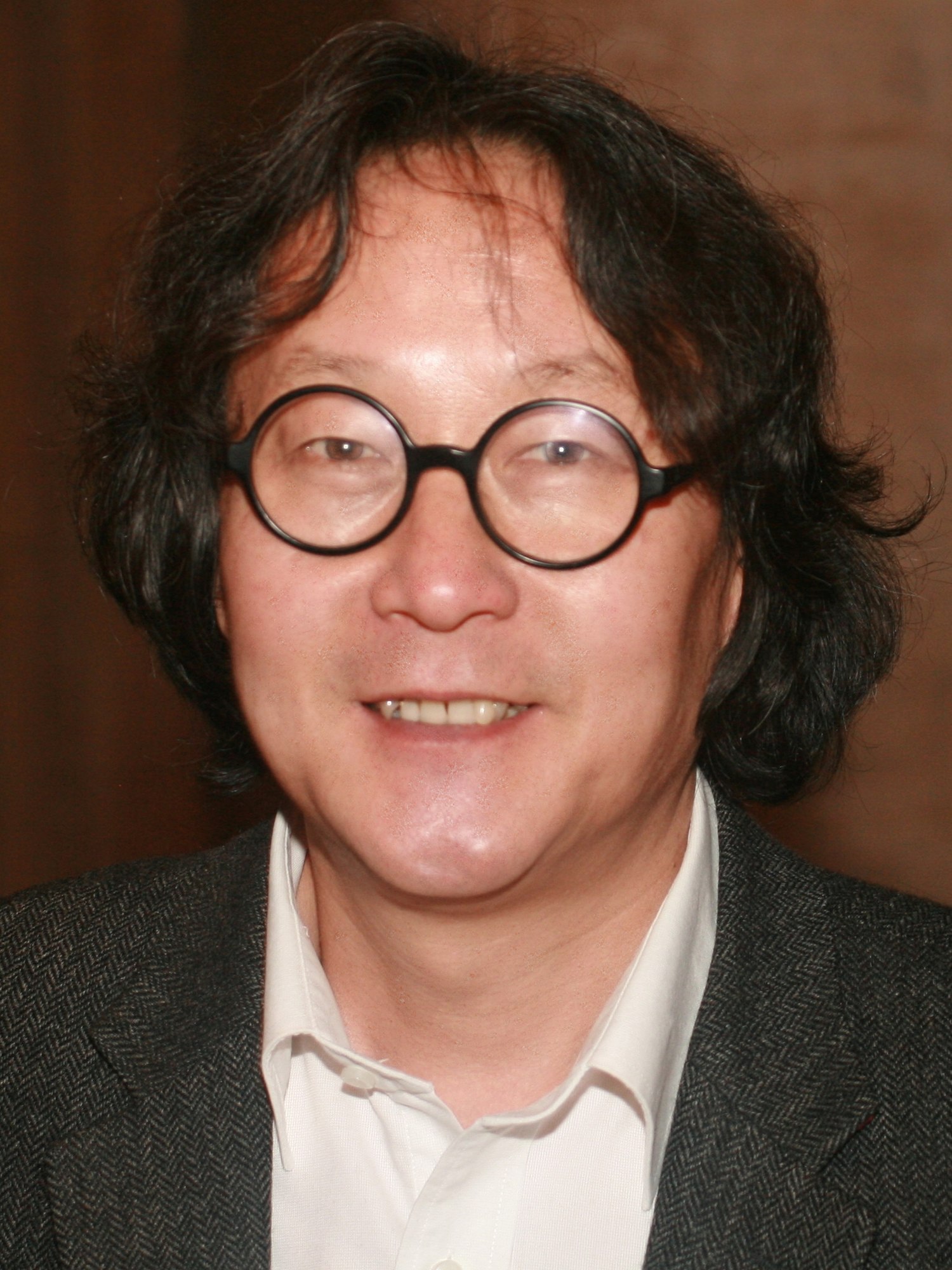More about Xu Bing
Works by Xu Bing

Contributor
With Xu Bing, nothing is ever what it seems.
Xu Bing is an illusion master. He has created sprawling installations made of what looks to be Chinese calligraphy, but is actually just nonsense. He has created giant, beautiful phoenixes installed in a church. You would think that they would be made out of some expensive material but upon closer inspection, you see that they are made out of garbage. Mr. Xu’s work is much like life or a box of chocolates – you never know what you’re going to get.
Born in 1955 in Chongqing, China and raised in Beijing, Xu is the son of the librarian and the head of the history department at Peking University. As the middle child, Xu was peculiar. He claimed that “[he] liked to draw because there was no need to interact with anyone else.” An introvert after our own heart. He continued to get good grades on his work, which made him draw more and more. Xu was raised around education, intellect, and books, but it all changed when the Cultural Revolution of 1966 started. His father was fired from his job and imprisoned and his family was forced to flee to the countryside. Xu worked on a farm for about three years, and afterwards was forced to work for China’s propaganda brigade in order to stay in school. The Chinese language during this time was simplified and it was Xu’s job to make posters with giant characters using the boiled down language. In 1976, the revolution ended and Xu went to study printmaking at the Central Academy of Fine Arts in Beijing.
By 1990, he was already an established artist and was New York bound. While in New York, his art got more and more experimental. He created English calligraphy, which is a print that from far away looks like normal calligraphy, but is actually English words structured to look like characters. In another daring move, Xu printed calligraphy on live pigs in a cage as part of a performance. This was taken rather badly by the public. When the Guggenheim intended to include this work in the exhibition, Art and China after 1989: Theater of the World, the museum received threats of violence. Xu’s work as well as the work of two other artists was the focus of a petition that got more than 600,000 signatures. The Guggenheim took the threats very seriously and took the pieces out of the exhibit. And even though the public wasn’t down with the use of animals in Xu’s work, the MacArthur Foundation was. Xu Bing was awarded the MacArthur genius grant in 1999. In 2008, Xu Bing returned to China when he was appointed vice president of the Central Academy of Fine Arts in Beijing. He now splits his time between New York and Beijing, and luckily for the pigs, has continued his calligraphy on paper instead of on them.
Sources
- Intellectual By Nature, Poet At Heart: Xu Bing | Brilliant Ideas Ep. 15. United States: Bloomberg, 2015. Video.
- Lau, Joyce. "Xu Bing: An Artist Who Bridges East And West." Nytimes.com. N.p., 2011. Web. 24 Apr. 2018.
- Osnos, Evan. "Q. & A.: Xu Bing | The New Yorker." Newyorker.com. N.p., 2010. Web. 24 Apr. 2018.
- Sutton, Benjamin. "Guggenheim Accused Of Supporting Animal Cruelty In New Exhibition." Hyperallergic. N.p., 2017. Web. 24 Apr. 2018.
- Sutton, Benjamin. "Guggenheim Pulls Three Works From Upcoming Show After Outcry Over Animal Abuse [UPDATED]." Hyperallergic. N.p., 2017. Web. 24 Apr. 2018.
- Vogel, Carol. "Xu Bing Installs His Sculptures At St. John The Divine." Nytimes.com. N.p., 2014. Web. 24 Apr. 2018.
- "Xu Bing: The Living Word." The Morgan Library & Museum. N.p., 2011. Web. 24 Apr. 2018.
Featured Content
Here is what Wikipedia says about Xu Bing
Xu Bing (Chinese: 徐冰; pinyin: Xú Bīng; born 1955) is a Chinese artist who served as vice-president of the Central Academy of Fine Arts. He is known for his printmaking skills and installation art, as well as his creative artistic use of language, words, and text and how they have affected our understanding of the world. He is an A.D. White Professor-at-Large at Cornell University. He was awarded the MacArthur Fellows Program in 1999 and the Fukuoka Prize in 2003.
Check out the full Wikipedia article about Xu Bing












